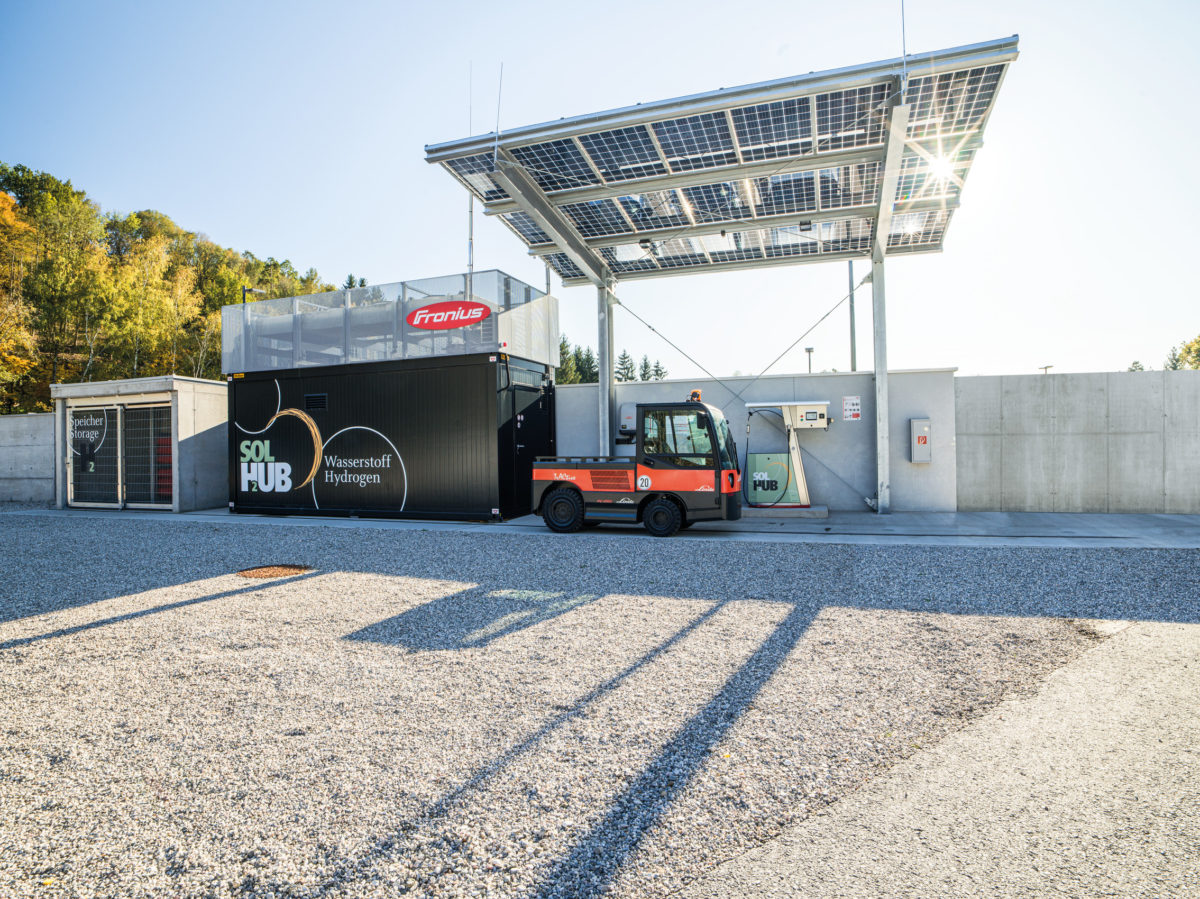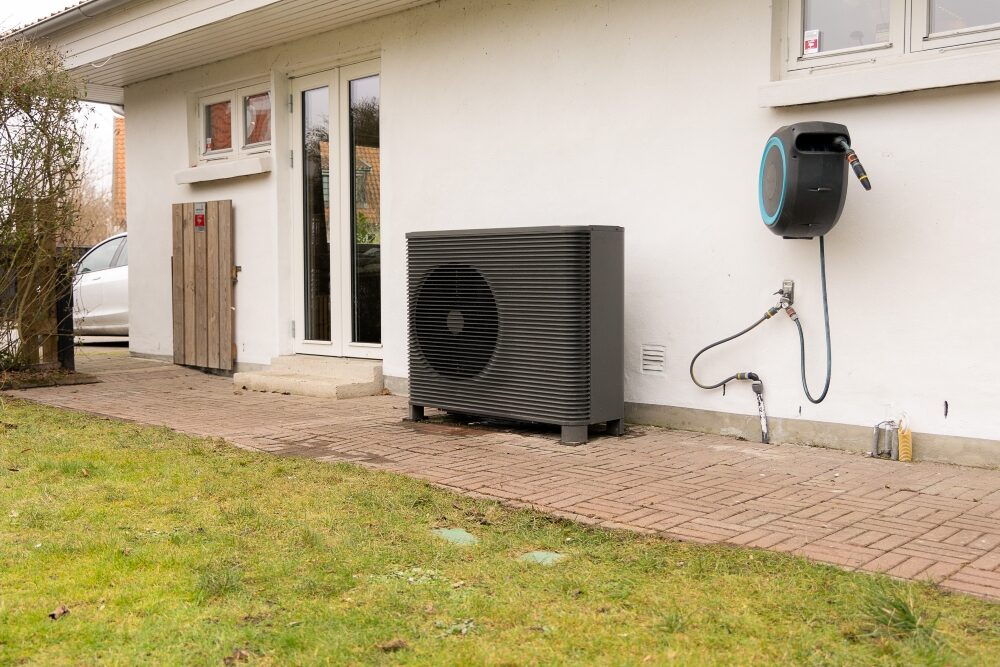New insights published by DNV GL note important roles for pumped hydro and heat storage on European grids over the next 30 years. In an addendum to a report on seasonal storage published earlier this year, the consultancy notes that varied approaches will be essential to managing the massive 1.4 TW of wind and solar it expects to see on European grids by 2050.
The original report, “The promise of seasonal storage”, stated that “compressed hydrogen is the first viable option for seasonal storage.” The addendum published today stands by this conclusion, but adds that other technologies directly and indirectly related to seasonal storage should not be discounted.
DNV GL noted that since publishing the report in March, it had received a lot of comments criticizing the absence of other technologies, in particular heat storage and pumped hydro, and said that it wished to clarify its position.
The case study from the original report, says DNV GL, took an isolated grid without hydropower capacity as an example to amplify the effects of high variable renewables penetration. It notes that on most actual European grids, other factors would serve to mitigate the intermittency of wind and solar and reduce the need for seasonal storage.
Pumped hydro
DNV GL expects to see 191 GW of hydropower capacity operating on European grids in 2050, which will create opportunities for pumped hydro storage to help balance the 891 GW of solar and 498 GW of onshore and offshore wind that it also forecasts for the 2050 European energy mix.
But much of the available pumped hydro capacity will also be needed for short term storage, and the opportunity is limited. “Even with a constant electricity demand, this would require significant (seasonal) storage capacity, well above the available hydropower capacity,” says DNV GL. “Especially since we expect that only part of this capacity can be used for seasonal electricity storage.”
Heat storage
DNV GL’s research is focused on electricity storage, and it has not examined the effect that seasonal heat storage might have on overall electricity demand. However, it notes that “seasonal storage of heat will impact the seasonal demand of electricity and indirectly decrease the burden of seasonality on the electricity grid.”
And though the effects of these alternate technologies should not be discounted when modeling future electric grids, DNV GL maintains that hydrogen will be needed to balance variable renewables, particularly in regions like Europe where there are major seasonal differences in solar and wind resources.
“Options like hydropower and seasonal heat storage are certainly viable, and all existing flexible resources should be utilized in the best possible way,” DNV GL states. “By 2050, however, we need additional options to accommodate seasonal electricity load swings and storage based on hydrogen seems to become a highly competitive new option.”
This content is protected by copyright and may not be reused. If you want to cooperate with us and would like to reuse some of our content, please contact: editors@pv-magazine.com.




The JRC Background Report on EU-27 District Heating and Cooling Potentials, Barriers,
Best Practice and Measures of Promotion report looked at the economics of heat storage and found it competitive, within a governmental regulatory framework, ie. regulated supplier in a geographical area such that it is considered a utility and has access to low cost finance such as happens in Denmark.
setis.ec.europa.eu/system/files/1.DHCpotentials.pdf